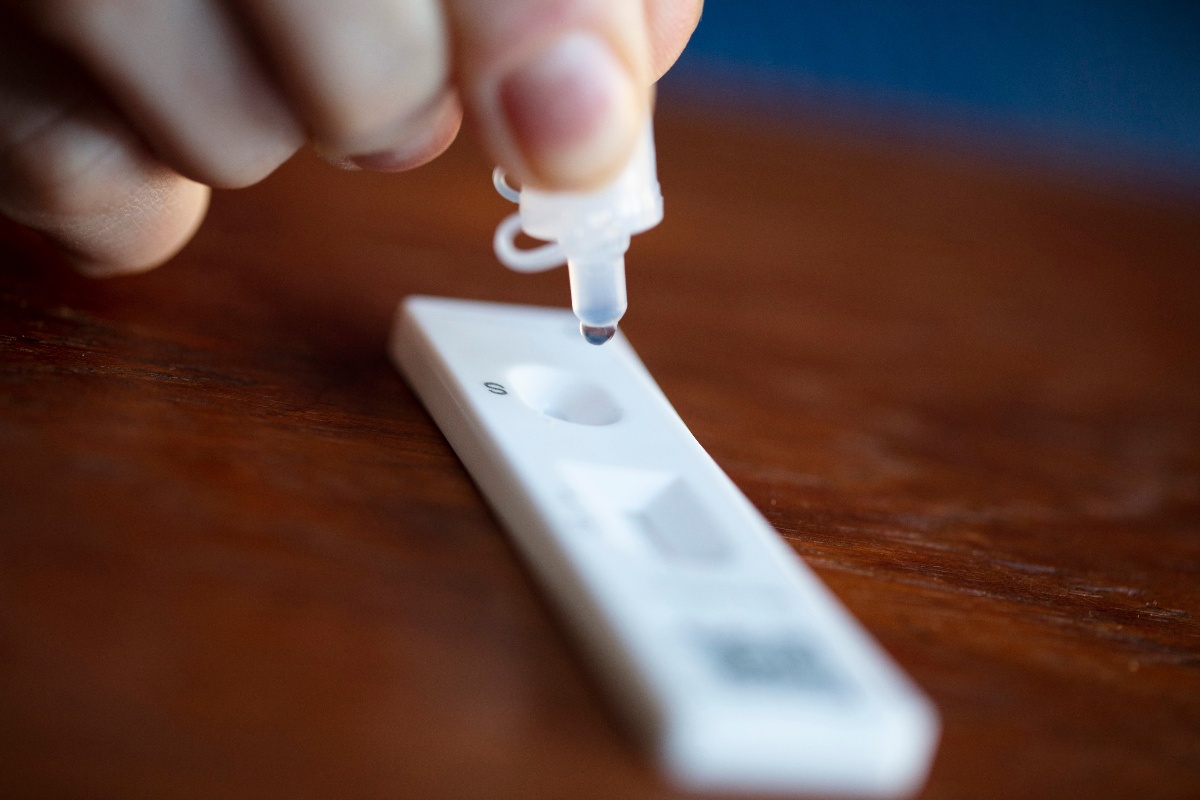In Vitro Diagnostics: Leading the Path to Patient Empowerment
In Vitro Diagnostic (IVD) testing is newer than some of the related, more traditional industries like medical device and pharmaceuticals. IVD is generally viewed as a vast field of testing performed by clinicians, technicians, and labs. While serving the same market, particularly given its reach, diagnostics is an intriguing industry that will continue to evolve for years to come. The potential for breakthroughs in IVD is promising, but complex. Diagnostics stands to take on new leadership in redefining the “what,” “who,” and “how” of testing and monitoring as a way of empowering patients.
Prior to joining the packaging industry, my experience was primarily within a lab setting. In the IVD industry, this is where we are seeing a big shift: diagnostics are being used not just in the lab or hospital settings, but increasingly—as we’ve seen with many things—at home.
Of course, COVID-19 has played a big role in this transition. It’s pushed the industry to focus on responsiveness and patient usability. The pandemic has made the industry rethink how the diagnostics ecosystem works—with the solution, in many cases, putting consumables directly in the hands of the patient. Even at-home COVID-19 diagnostic test kits are now readily available.

I personally find this shift exciting—we’re putting more power in the hands of the consumer. Allowing patients to own aspects of their healthcare can be incredibly freeing. From common diagnostics, such as OTC allergy and genetic testing kits, being able to screen at home is both proactive and convenient.
Home care administered by the patient or a caregiver is one of the reasons the IVD industry is not as black and white as medical device packaging, with its controlled environment in clinics and hospitals. Additionally, medical device end users are trained, experienced professionals. The trend toward in-home care clearly has different settings and end-user requirements. Accommodating the needs of the patient when using a diagnostic at home requires a completely different approach, potentially for every different diagnostic. Say, for example, you are packaging a treatment for a diabetes patient. You need to account for side effects of the disease, such as limited dexterity. These challenges must be considered during the design process to ensure the patient can get into their medication. Patient-managed diagnostics may require one or more of many specific processes to be carried out to ensure accurate results—another example of the unique tactics required for diagnostics.
The application variety is another factor that makes the diagnostics industry much more fragmented than its by-the-book cousins. With medical device, the end user and applications are much more consistent, such as joint replacements or cardiac stents, delivered in a hospital setting. These facts allow reliance on transferable product and packaging methods. Established regulatory guidelines also set parameters that inform the process. Diagnostics end-user experiences change with every application, and with far fewer guidelines. However, as the diagnostics industry continues to pick up speed, I believe we’ll begin to see changes that mimic the medical device industry. It is likely we’ll see more education, guidelines, and maybe even more regulations around packaging. Right now, I like to think of the diagnostics industry as what the medical device industry was pre-ISO11607. Post ISO11607, the medical device industry has become much more centralized. I look forward to seeing if the same transformation will occur within the IVD industry.
With all of its amorphous characteristics, there are so many things I like about working in In Vitro Diagnostics. My favorite though, is putting the power in the hands of the consumer. Empowering patients to truly partner in their own journeys makes healthcare and science less intimidating. I also like the fact that it is not black and white. You’re not checking boxes. I like that it’s a little bit of “choose your own adventure.” The wide-open possibilities are exciting to me personally, and while I can’t speak for everybody, I don’t think I’m alone in that sense of anticipation.


.webp)
